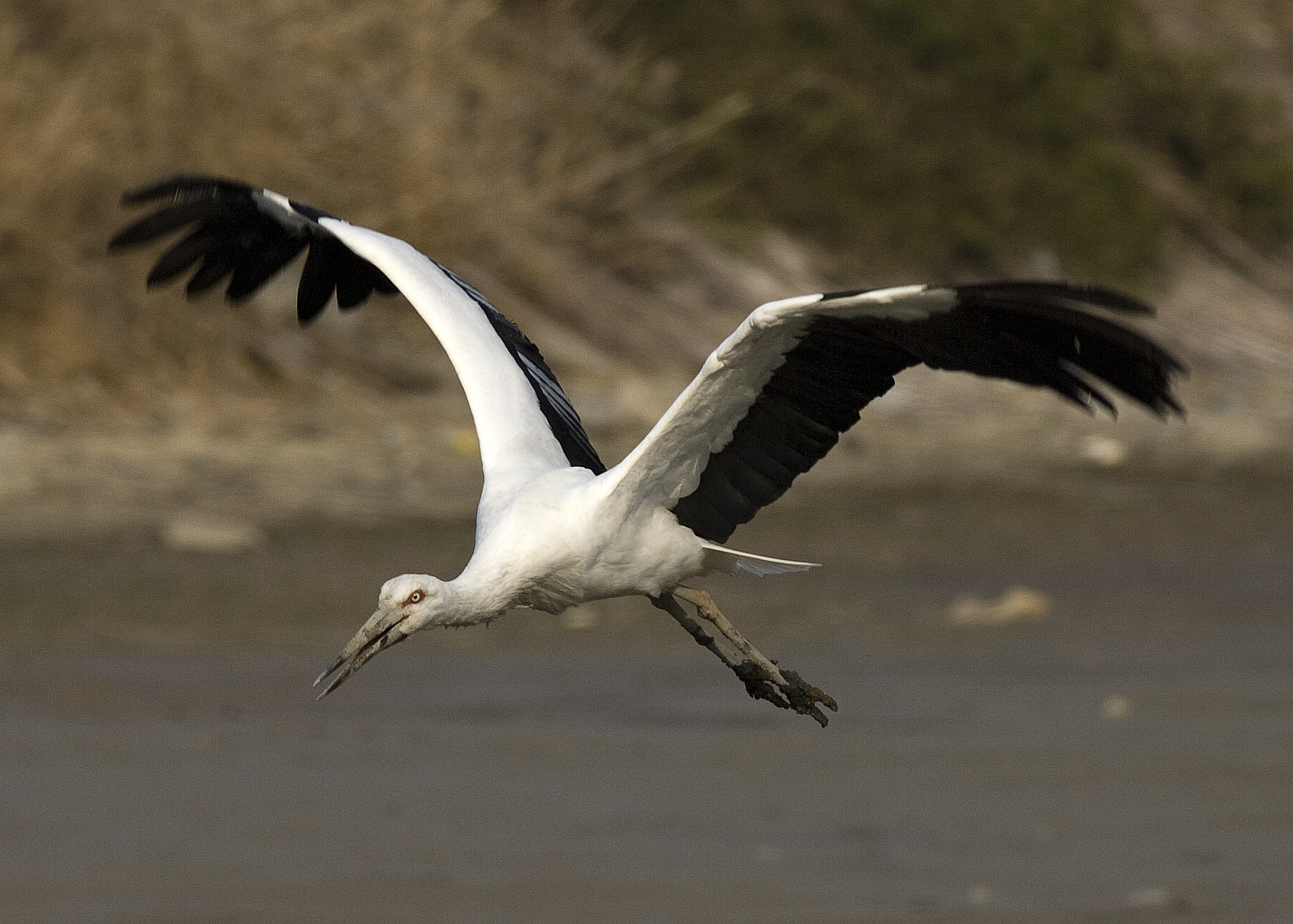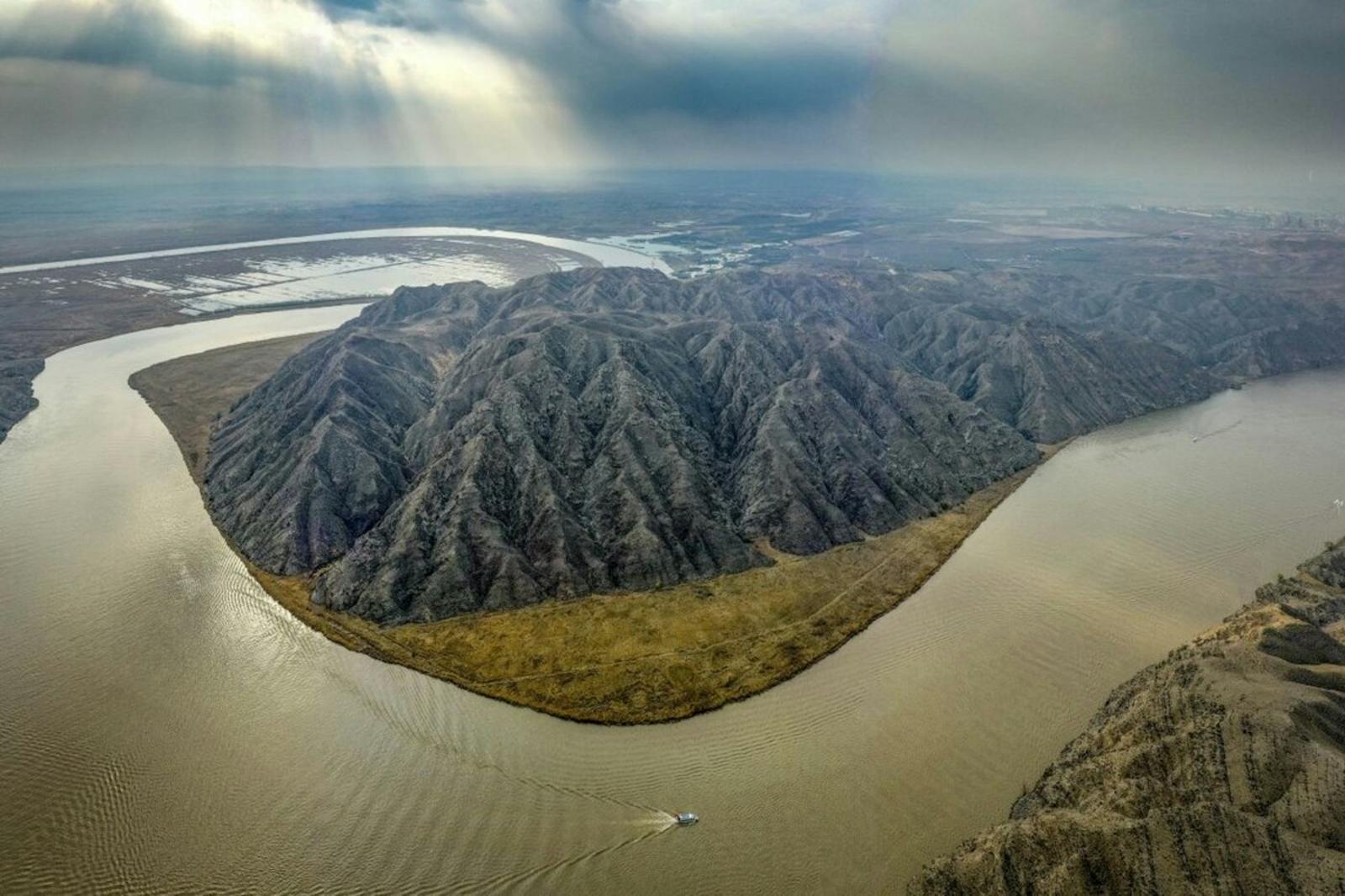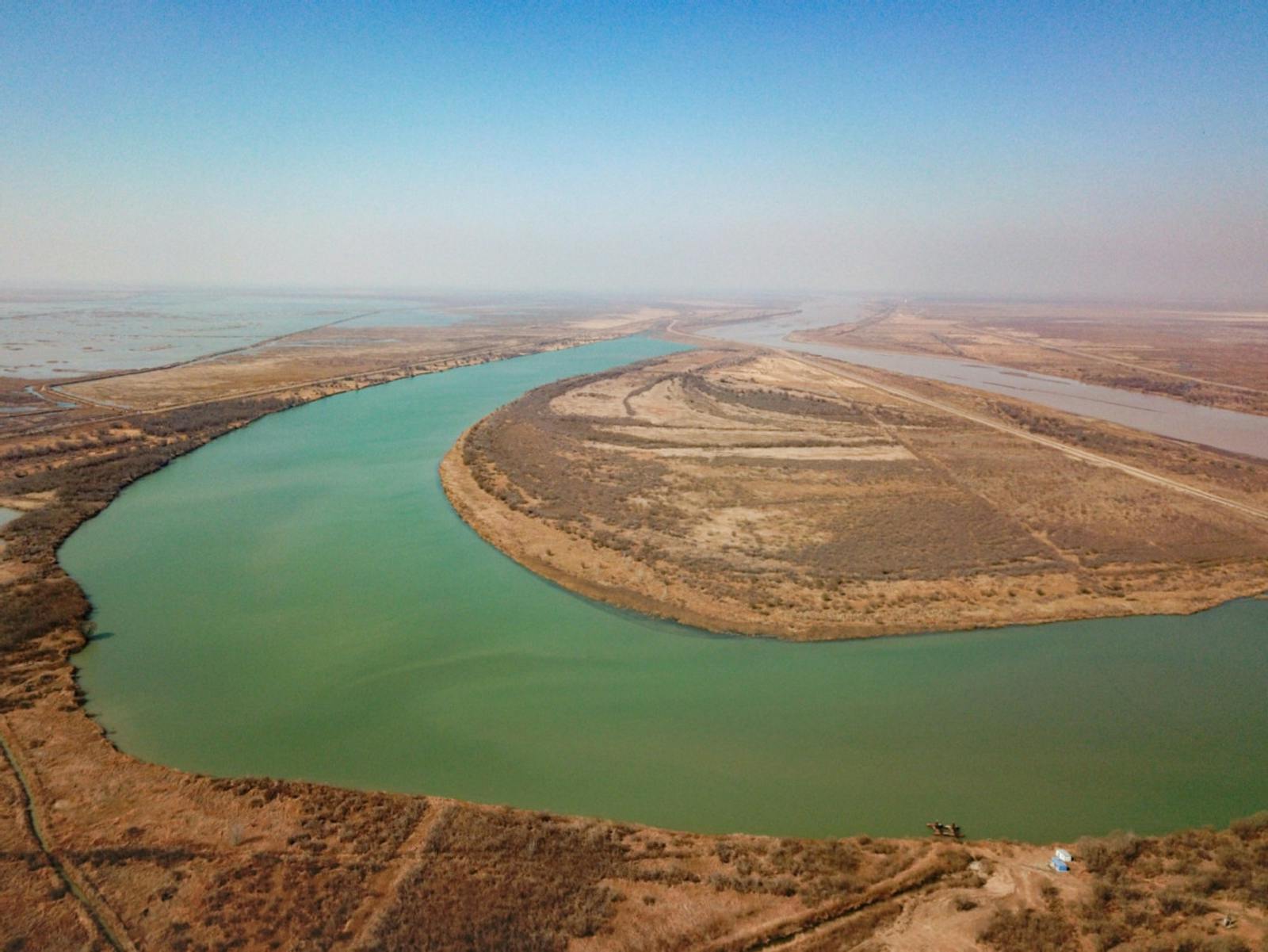Bohai Sea Saline Meadow
The ecoregion’s land area is provided in units of 1,000 hectares. The conservation target is the Global Safety Net (GSN1) area for the given ecoregion. The protection level indicates the percentage of the GSN goal that is currently protected on a scale of 0-10. N/A means data is not available at this time.
Bioregion: Loess Plateau & Huang He Plain Mixed Forests (PA49)
Realm: Eastern Eurasia
Ecoregion Size (1000 ha):
1,158
Ecoregion ID:
742
Conservation Target:
21%
Protection Level:
8
States: China
The Bohai Sea Saline Meadows ecoregion occupies a crescent of the Chinese coast that faces the northern part of the Yellow Sea, north of the Shandong Peninsula. As the Huang He (Yellow River) bears its sediment load to the Bay of Bohai, great quantities of the suspended material, about a billion tons a year, settle into a coastal delta, most of it within 30 km of the river mouth.
Ecological succession along this actively growing coastal margin sustains a gradient of habitat types with tall grasses inland, salt-adapted meadows onshore, and intertidal mudflat communities facing the sea. These habitats attract large migratory waterfowl and wading shore birds alert for places to stop to feed during their passage on the Siberian-Australasian flyway.
Grasslands well above the intertidal zone are dominated by Imperata cylindrica, a tall, perennial grass common in many parts of tropical and temperate Asia. Freshwater marshes of reed grass and sedge were once widespread in the inland direction, but these have been almost completely converted to rice agriculture and fish aquaculture. Seaward, the saline meadows, prone to flooding at high tide, are dominated by salt tolerant succulent species like the seepweed Suaeda salsa.
The Yellow River Delta National Nature Reserve (1,530 km2) includes 131 km of coastline around the mouth of the Yellow River, and currently accretes more than 30 km2 of new land to the reserve each year. About three-quarters of the area of the reserve is wetland habitat. Endangered bird species that breed or visit Bohai Sea Saline Meadows include red-crowned crane, Siberian Crane, Oriental stork, Chinese merganser, and spotted greenshank.

The flagship species of the Bohai Sea Saline Meadow ecoregion is the Oriental stork. Image credit: Creative Commons
Nesting poles have been installed for the population of Oriental stork that breeds in the reserve, estimated to be 300 individuals, or about 10% of the global population. Vulnerable species include great bustard, hooded crane, white-naped crane, Saunders’s gull, and relict gull. Suaeda meadows of this ecoregion are one of the only four breeding sites worldwide for Saunders’ gull.
The recent environmental history of the Bohai Sea saline meadows expresses trends common to coastal habitats in China as a whole. About 60 years ago, agricultural land was claimed from the coastal margin in an unsustainable manner and then abandoned. A nature reserve was established in 1992, but in the beginning the reserve lacked the funding and expertise needed for effective management.
In 2002, with more political will, more capital, and a better understanding of ecosystem processes, water was diverted and sediment was adjusted at the mouth of the Yellow River to create shoals, islands, and aquatic habitat of varying depth, promoting ecosystem function and biological diversity. Ecosystem service benefits from this remediation have been valued at more than a billion dollars a year.
Nowadays, local petroleum extraction, agricultural runoff, and industrial sewage render downstream, coastal tributaries more polluted than the main stem of the Yellow River. Market demand for seafood encourages local people to harvest fish, mollusks, and crustaceans illegally. Since 2012, unsustainable tourism development (disruptive infrastructure, captive wildlife) has compromised the integrity of the Yellow River Delta National Nature Reserve.
Priority conservation actions for the next decade are to further improve management by educating and training personnel at the administrative level and empowering these administrators at the municipal government level, as recommended by the Wetlands International-China Program; take the initiative to address conflicts of interest between stakeholders in the petroleum sector and conservation management; and avoid unsustainable tourism development, while encouraging efforts to use the reserve to inform local people about the ecological importance of coastal wetlands; and 4) monitor and research the behavior of resident and visiting birds.
Citations
- Bornhold B.D., Yang Z.S., Keller G.H., Prior D.B., Wiseman W.J., Wang Q., Wright L.D., Xu W.D., Zhuang Z.Y. 1986. Sedimentary framework of the modern Huanghe (Yellow River) delta. Geo-Marine Letters 6(2): 77-83.
- Carpenter, C. 2000. Eastern Asia: Northeast China. https://www.worldwildlife.org/ecoregions/pa0902. Accessed December 2018.
- Chen K.L., Yuan J., Yan C.G. 2005. Shandong Yellow River Delta National Nature Reserve. Wetlands International-China Programme. Ministry of Forestry, PRC. https://www.ramsar.org/sites/default/files/documents/pdf/lib/hbk4-07cs05.pdf. Accessed December 2018.




